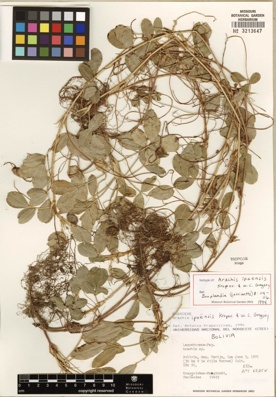A comment from Karl of Inoculated Mind, on the great Organic Tomato Debate, gives me an opportunity to sound off again on something I feel quite strongly about. That’s because, although a superficial reading of his comments and mine might suggest we disagree, at base, we don’t. Karl’s bottom line reads:
Bottom line: just eat your veggies!
And with that I totally and wholeheartedly agree.
At issue is the nutritional value of organic versus conventional tomatoes and, by extension, other veggies. The thing is, that comes after a discussion in which I say that more than flavonoids is likely to differ between organic and conventional. Karl points out that some compounds that plants produce in response to attack might be harmful, rather than beneficial, to humans. I moan on about the importance of dose.
Karl comes back with a link to a study of a genetically modified carrot that shows that “if you eat a serving of the modified carrot, you’d absorb 41 percent more calcium than from a regular carrot.†But the same report says that the daily requirement for calcium is 1000 milligrams, and that a 100 gram serving of the modified carrots offers only 60 milligrams, of which only about 24 milligrams is actually absorbed.
In other words, you could not possibly eat enough of the carrots to get your calcium without suffering beta-carotene poisoning, which just goes to reinforce my point about dose being important. 1
The bigger point is that there is an obsession with active ingredients. Increasing the amount of this, that or the other is held to produce this, that or the other beneficial effect. And yes, maybe it does. And maybe it doesn’t, and maybe you can go too far. But people don’t eat active ingredients, unless they are rather far gone already. They eat food, and meals. And the interactions among foods and within meals mean that as far as the details of nutrition, especially micronutrition, go, all bets are off.
A far, far simpler way to boost nutrition and health is simply to eat different things, and lots of them, and forget about active ingredients, and high-lutein tomatoes, and super-calcium carrots, and golden rice, and flax oil, and all the other things that are touted because they contain more of some good thing.
Just eat your veggies. And your meat and fish. And your dairy. And your fruits and nuts. And everything else. Dietary diversity is the answer. 2
 Well, that certainly adds a certain spice to an otherwise moderately routine story, I thought. So at the first opportunity I asked Luigi, who understands these things, to gbif A. ipaensis for me.
Well, that certainly adds a certain spice to an otherwise moderately routine story, I thought. So at the first opportunity I asked Luigi, who understands these things, to gbif A. ipaensis for me. 